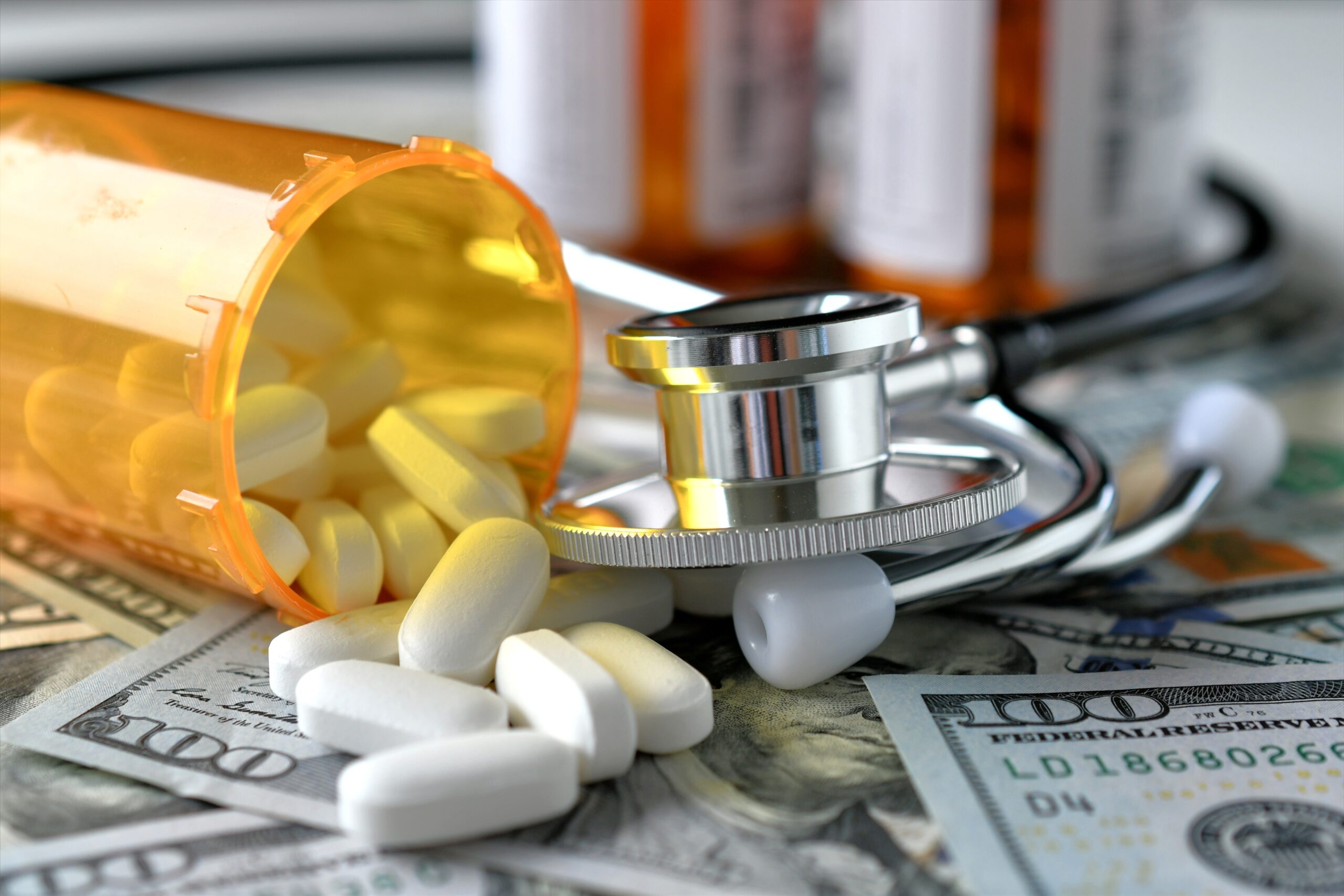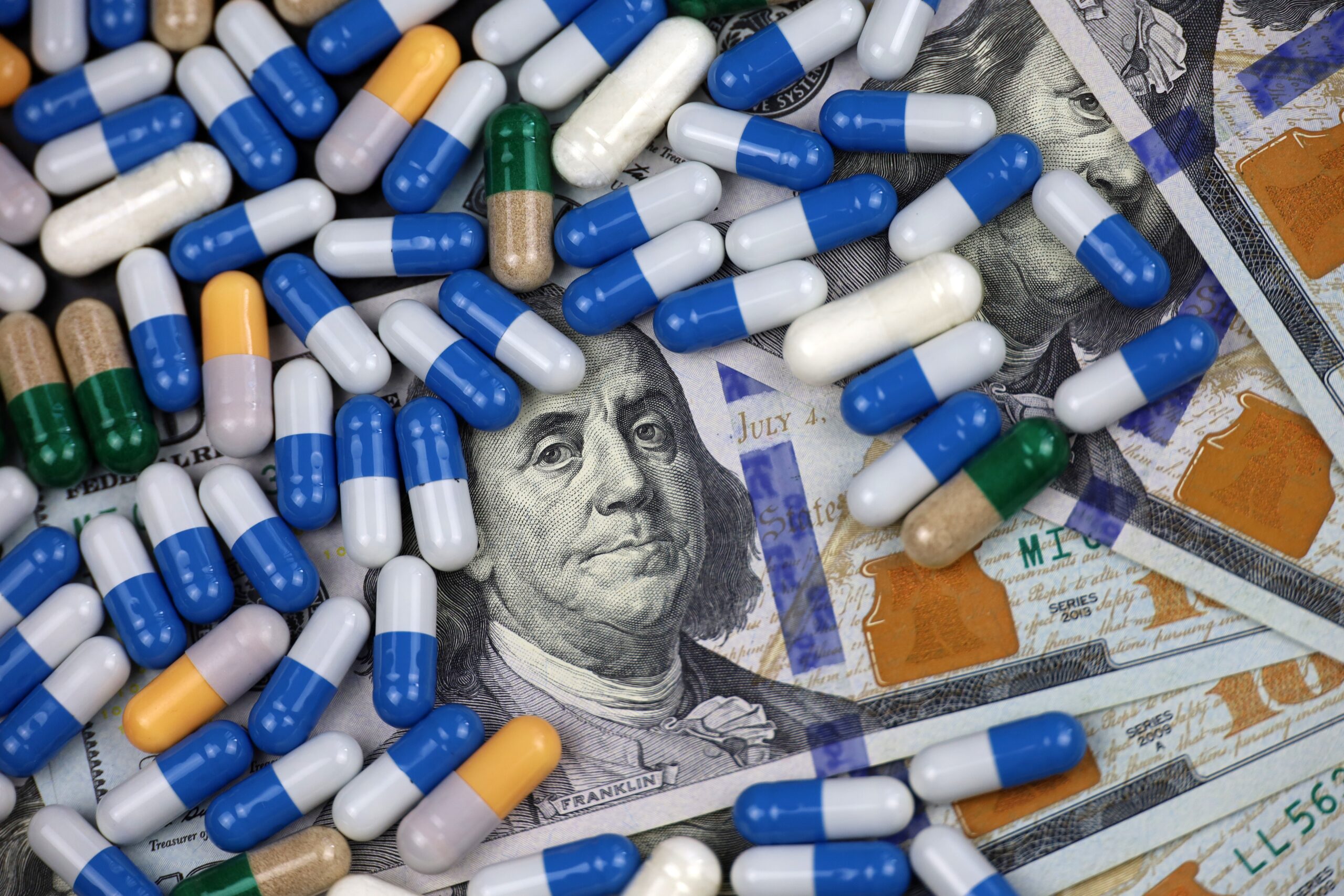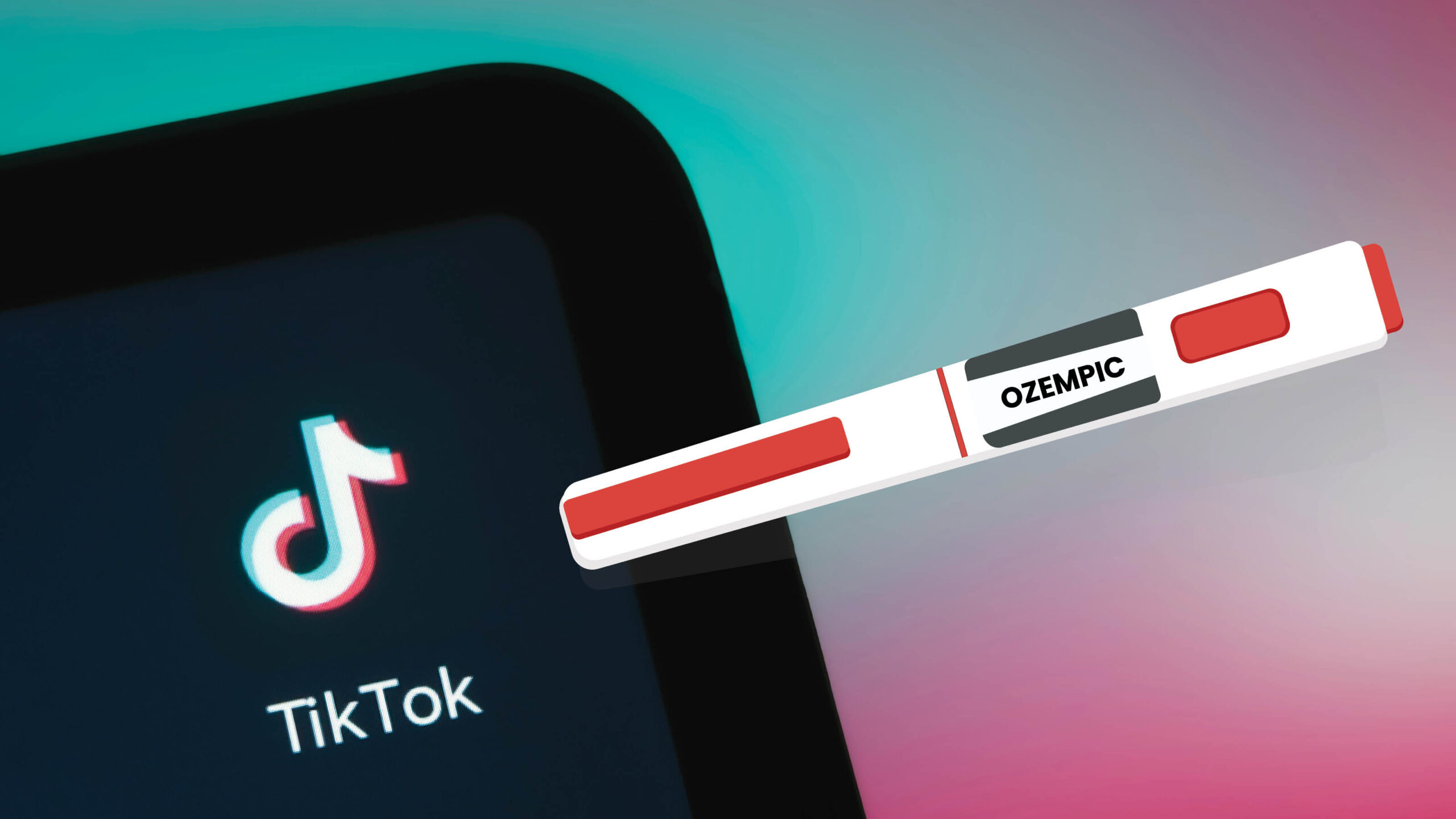Who’s Gonna Pay? The Impact of Tariffs on Pharmaceutical Products
Over the past few weeks, the Trump administration has imposed numerous tariffs on imports to the U.S. with limited exceptions. Until April 7, 2025, pharmaceutical products had been one of those exceptions

Published
Author
Share
Over the past few weeks, the Trump administration has imposed numerous tariffs on imports to the U.S. with limited exceptions. Until April 7, 2025, pharmaceutical products had been one of those exceptions. In a speech on April 8, 2025, President Trump said he was planning a “major tariff on pharmaceuticals” that would get pharmaceutical manufacturers to “come rushing back.”
While the scope, degree, and timing are currently unknown, potential tariffs on pharmaceutical products will have extensive implications on supply chains, insurance costs, and access to medicines in the U.S. health care system and abroad.
Ingredients, Materials, and Finished Products for Drugs and Medical Devices
In 2024, the U.S. imported $168 billion worth of finished and unfinished pharmaceutical products. Finished products include already manufactured medicines and medical devices; unfinished products include raw materials used to make drugs and medical devices. These products come from many regions including India, China, and the EU.
While unfinished products, like active pharmaceutical ingredients, have been subject to various tariffs in the past, finished medicines have been subject to few or no tariffs in most countries, including the U.S. This global effort to reduce tariffs on finished pharmaceutical products is in part in response to a 1995 World Trade Organization (WTO) agreement to keep medicines affordable. Given the indication that U.S. policy may change under the Trump Administration, the potential scope of tariffs on pharmaceutical products is likely to have a significant impact on global health care systems.
Not all Tariffs Are Created Equal; Not All Pharmaceuticals Are the Same
There are at least six different methods that the WTO has considered for determining the value of imported goods. The preferred method of the WTO is the transaction value method, which equates the value of the good to the “total payment made or to be made by the buyer to or for the benefit of the seller for the imported goods,” including future payments like royalties. For example, production costs are lower than the price to consumers for drugs under patent, creating large profit margins. Using the transaction value method, the tariff will be levied on the cost of the drug when it was imported rather than the ultimate price charged to consumers. Thus, manufacturers pay the tariff on the low-cost import, and then the importer can still charge a mostly unchanged high market price.
In contrast, the WTO’s deductive method looks at the price the good is sold to an unrelated third party in the importer country. Using the deductive method for a drug under patent, the tariff would be based on the price the drug is sold rather than on the import price. Since importers pay a much higher net tariff, the profit margin for that company will be much thinner. Decreased profits are more likely to incentivize the importer to change the price charged to consumers, increasing the overall cost of the drug to patients.
For generic drugs, the sale price is purposively kept close to the import price. Thus, generic manufacturers are operating with much thinner profit margins. Under both the transaction value and deductive approach, the tariff levied will be similar since the import and sale price are relatively close. However, the generics market is designed to be cheap and affordable for consumers. Given the thin margins of companies selling generics, the impact of the tariff will be greater.
Implications for Pharmaceutical Companies
The U.S. and EU have interconnected supply chains for producing drugs. Last year, the EU’s pharmaceutical exports to the U.S. were worth $127 billion. Global pharmaceutical companies with major operations in the U.S. and EU include Bayer, Novartis, Novo Nordisk, GSK, and Pfizer. These companies produce numerous critical, life-saving medicines. Tariffs on pharmaceutical products could disrupt various parts of the supply chain. For example, like many pharmaceutical products, Eli Lilly’s GLP-1 drug is manufactured in Ireland before importation to the U.S. Trump has proposed tariffs on Irish goods up to 25 percent. If all of the pharmaceutical products coming from Ireland are subject to a 25 percent tariff, U.S. tariff revenue could increase by $19.5 billion. While this may accomplish some of President Trump’s goals of increasing revenue for the U.S., these tariffs will drastically increase the cost of the medicine to U.S. importers. For brand name drugs coming from large pharmaceutical companies, the burden of the tariffs is likely to be passed on to patients in need of the medications.
Pharmaceutical companies with more U.S. based manufacturing plants and sourced raw ingredients are better positioned for tariffs. For firms that rely heavily on importation, building up manufacturing capacity in the U.S. takes time, potentially years. In the short term, this could create massive shortages of drugs and medical devices as manufacturers struggle to pay large importation fees and shift production to the U.S. Further, the upfront cost of raw materials needed to build new manufacturing plants is expected to increase due to tariffs, adding additional costs to companies upfront.
Pharmaceutical innovation may potentially suffer as well. Most of the spending of pharmaceutical companies is on research and development, which is not subject to a tariff. Nonetheless, the burden of tariffs could be expected to reduce research and development.
Implications of the Trade War on U.S. and Global Health Care Systems
Around 40 percent of medical devices are manufactured outside the U.S. Mexico, a major hub of medical device manufacturing, is facing a 25 percent tariff, which would make products including pacemakers, insulin pumps, and hearing aids, are expected to become more expensive. Industry professionals expect these prices to increase costs for hospitals and health systems 15 percent over the next six months.
One of the biggest losers in case of higher tariffs is expected to be manufacturers of generic drugs. About 47 percent of generic drugs prescribed in the U.S. — which makes up 90 percent of all prescriptions in the country — are made in India, which is facing a 26 percent tariff. These costs would be passed on to the patients, since, as Marc Cuban acknowledged about his own generic manufacturing company, they “can’t absorb any additional costs” given their thin profit margins.
Increased costs for generic and brand name importers are likely then to be reflected in higher prices of drugs and medical devices for patients. Given increased prices, it is unclear how insurance companies are going to respond. Insurance firms are likely to charge higher premiums and prices for covered products, which could price many patients out of the health care market, exacerbating already existing coverage issues. Further, without sales, generic drug manufacturers and other companies operating on low profit margins may also have to withdraw from the market, exacerbating existing drug shortages and increasing patient prescription drug cost. Tariffs may exacerbate already existing coverage and access to medicines issues.
However, this is not the same for the global health care community. Europe has shown that they will likely levy reciprocal tariffs on U.S. pharmaceutical drugs. Unlike the U.S., many European countries have strict price controls on drugs, so the cost of tariffs can’t be passed on to the consumers in these countries. Instead, pharmaceutical companies would be forced to take the full burden of the tariffs, possibly leading to decreased investment on research and development.
Short Term Pain for Long Term Gain?
Tariffs on pharmaceutical products are likely to hurt national and global pharmaceutical companies and the health care systems. Raw materials and ingredients will become more expensive, increasing the cost of production. Additionally, global supply chains will be affected, increasing the price of manufacturing at various stages. At the end of the day, pharmaceutical companies that import many of their products will pass the burden of the tariffs off to U.S. patients. While in the long-term, tariffs may shift manufacturing back to the U.S., in the short-term, research and development may slow, insurance costs will rise, and access to products will decrease, ultimately harming the patients who need medicines most.


